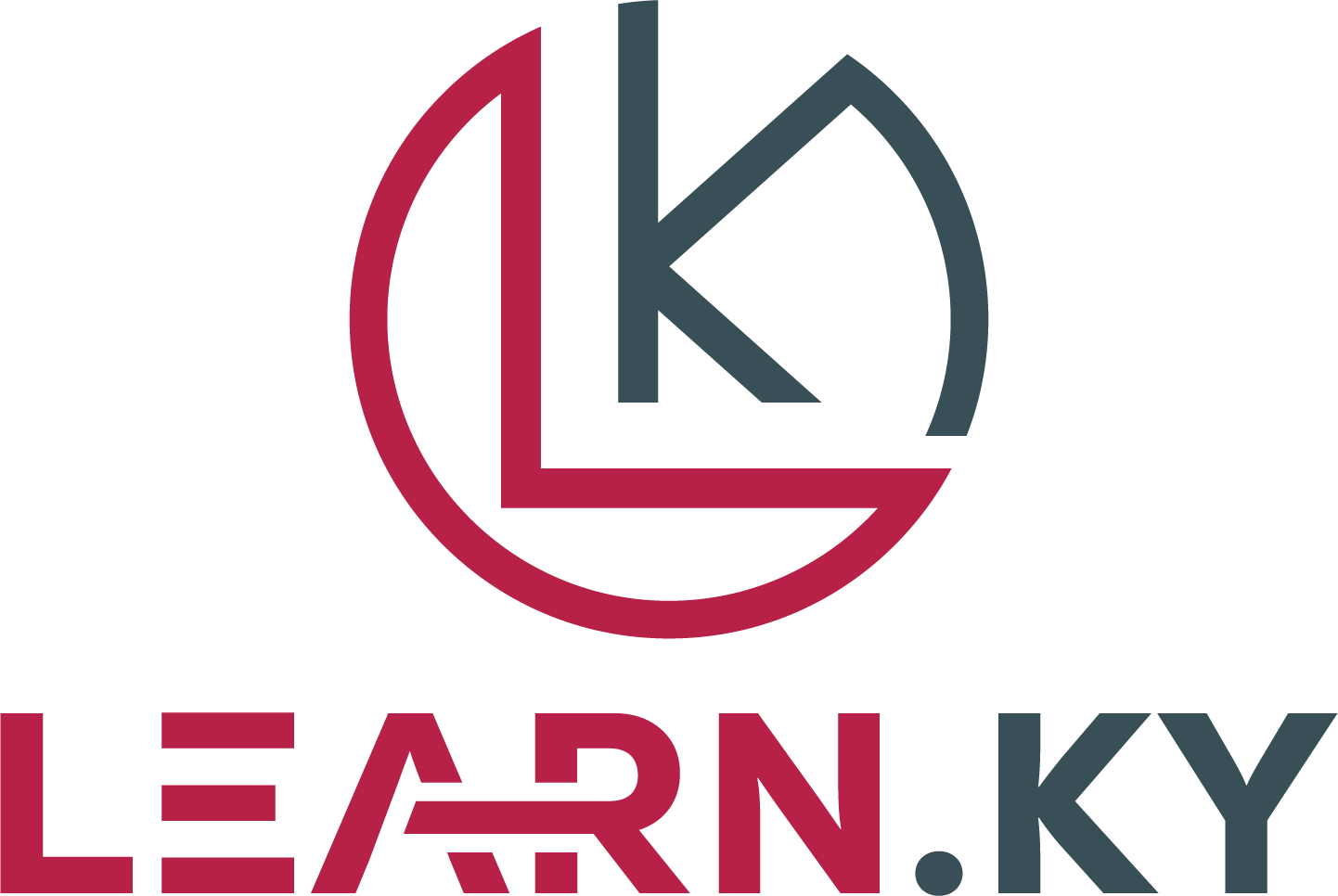Virtual reality (VR) technology has been around for decades, but it is only in recent years that it has started to gain mainstream attention. With the development of more advanced VR headsets, such as the Oculus Rift, HTC Vive, and PlayStation VR, the potential of this technology is becoming increasingly clear. From gaming and entertainment to education and healthcare, VR has the power to revolutionize countless industries and transform the way we interact with the world.
In this article, we will explore the untapped potential of virtual reality headsets and provide a glimpse into the future of this exciting technology. By delving into the various applications of VR, the challenges it faces, and the opportunities it presents, we hope to showcase the transformative power of VR and inspire readers to consider the possibilities that lie ahead.
Applications of Virtual Reality
One of the most well-known applications of virtual reality is in gaming. VR headsets allow players to immerse themselves in virtual worlds, interacting with environments and characters in ways that were previously unimaginable. From high-octane action games to serene exploration experiences, VR gaming offers a level of engagement and immersion that traditional gaming cannot match.
Beyond gaming, VR has the potential to revolutionize education and training. Imagine a medical student being able to perform virtual surgeries, a pilot practicing emergency landings in a flight simulator, or a chef honing their skills in a virtual kitchen. VR can provide realistic and interactive training experiences that are far more effective than traditional methods, allowing learners to practice skills in a safe and controlled environment.
In healthcare, VR is being used to treat patients with anxiety disorders, phobias, and PTSD by exposing them to virtual environments that trigger their symptoms in a controlled setting. VR can also be used for physical therapy, rehabilitation, and pain management, providing patients with immersive experiences that can aid in their recovery.
Challenges and Opportunities
While the potential of VR is vast, the technology still faces several challenges that must be addressed. High costs, limited content, and potential health concerns are just a few of the hurdles that VR developers and manufacturers must overcome to bring VR technology to the masses.
Despite these challenges, there are also numerous opportunities for VR to make a significant impact in various industries. From virtual meetings and conferences to virtual tourism and remote collaboration, VR can enable new ways of working, communicating, and experiencing the world. As the technology continues to improve and become more affordable, the possibilities for VR are endless.
Conclusion
Virtual reality headsets have the potential to revolutionize how we interact with technology and the world around us. From gaming and education to healthcare and beyond, VR has the power to enhance our lives in ways we never thought possible. While there are challenges that must be addressed, the opportunities for VR are vast, and the future of this technology is bright.
As we look ahead to the possibilities that virtual reality presents, it is important to consider how we can harness this technology to create meaningful and impactful experiences. By leveraging the transformative power of VR, we can unlock new opportunities, solve complex problems, and shape a future that is more immersive, engaging, and connected than ever before. The untapped potential of virtual reality headsets is truly a glimpse into the future, and the possibilities are endless.










